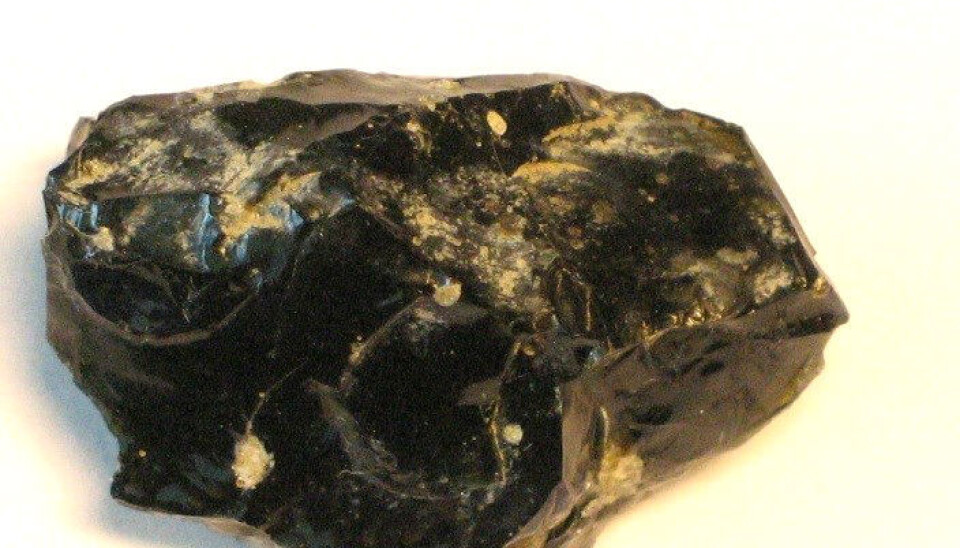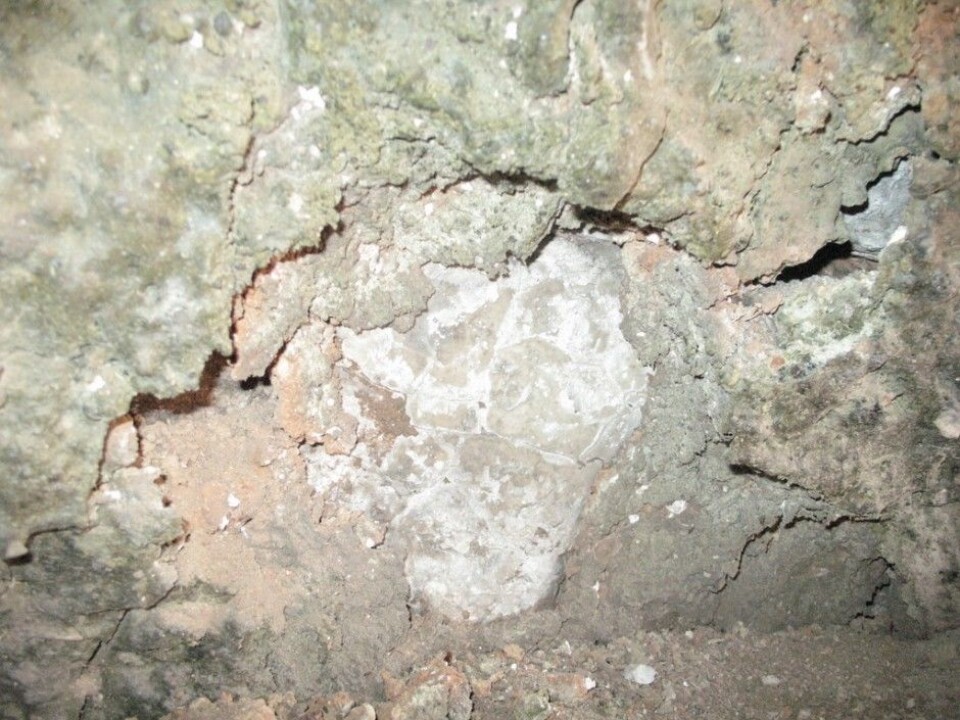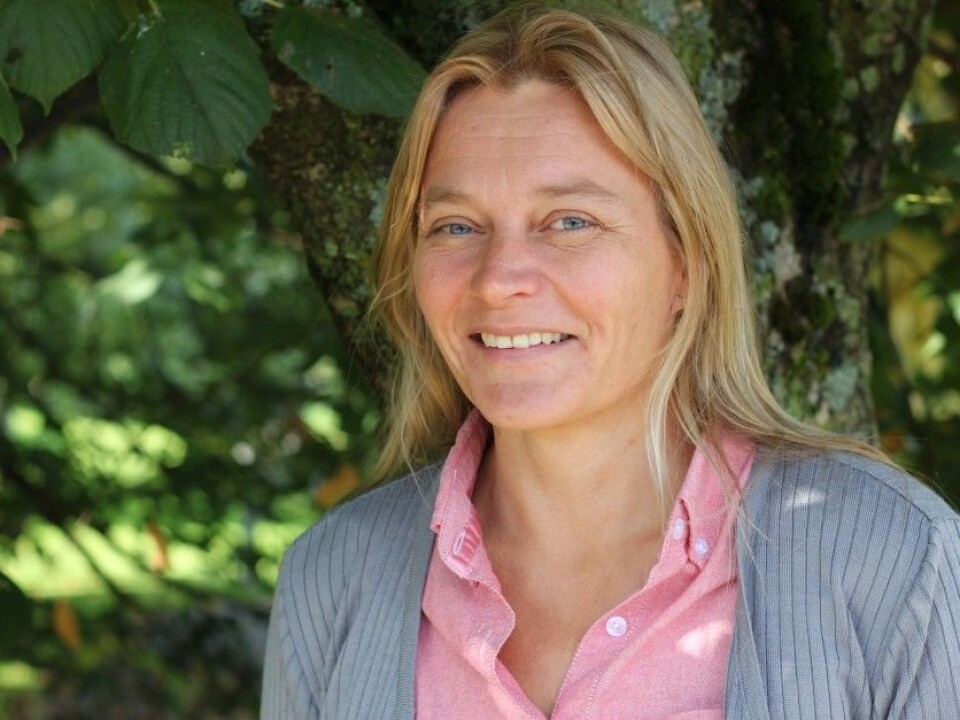
Swedish glass production 300 years older than historians believed
A large lump of glass is shedding new light on the history of glass production in Sweden.
Archaeologist Anna Ihr of the University of Gothenburg has excavated quantities of glassy (vitrified) material in the Swedish trading centre Old Lödöse from the High Middle Ages.
“Our dating of these artefacts shows that Swedish glass production started 300 years earlier than previously known,” says Ihr.
“The history of glass in Sweden has to be rewritten.”
Ihr has studied how the glass was produced and under which circumstances. She received help from Bo Jonson, a chemist at Linnaeus University, with this part of her work.

She stumbled over the glass at Old Lödöse by chance.
Islamic archaeology
Her expertise is actually in Islamic archaeology and she was in the old Swedish town to look at an Islamic drinking vessel when she was shown a 16.7 kilo lump of what was still an unidentified material.
The large artefact had been found in 1968 underneath a brick kiln but no one had the right analyses methods for determining whether it was glass or something else.
But Ihr did, and she could date the finding.

Extensive analyses are needed to determine whether the material was really glass and whether it had been produced intentionally.
Such tests are generally costly and few people have the right expertise for interpreting results. Ihr points out that in the Nordic countries archaeology is organised under the humanities, rather than as a field of natural sciences as in the USA.
“This is why glass in Scandinavia has not been studied this way before,” says Ihr.
300 years earlier
The dating showed the glass had been produced on the site before 1260. Glass production in Sweden was thought to have started in 1556 under King Gustav Vasa when he invited two foreign glass workers to the country.

“When I analysed the material and understood that the find was pretty spectacular I decided to revise my research project,” says Ihr.
She returned to the site where the lump had been found and excavated another 80 kg of the material.
“After conducting meticulous analyses we concluded that the glass had been produced intentionally, not inadvertently.”
But what was it doing under the brick kiln?

“It probably acted as insulation material,” says Ihr.
“Because the crucibles used in glass production had to be replaced fairly often, people found clever uses for them instead of just throwing them away. Of course there were remnants of glass in the crucibles which also followed when they were used beneath the kiln.”
Arabian Peninsula
Ihr’s discoveries are not limited to Sweden. Her analyses have proved to be remarkable in Qalhāt, the former capital of Oman on the Arabian Peninsula.
Here too, Islamic drinking vessels led her to the find.

“One day a French architect turned up at my department. He needed an expert in Islamic archaeology for a project in Oman,” relates Ihr.
Such expertise is not in constant demand in the Nordic countries, so she soon found herself on the Arabian Peninsula.
Dried fish as fuel
She found three ceramic kilns from the Middle Ages there. They had been fuelled by dried fish.
“Now and then masses of fish die in these waters and wash up on the shore,” explains Ihr.
“As wood was in short supply, these were dried and used as fuel in the kilns.”
The ash residue from the burnt fish contained lime from their bones. It reacted with minerals in the sand, which the inside of the kilns had been covered with. Glass was formed because of the high temperatures.
“The kilns had been vitrified on the inside. Not intentionally, but because of the use of fish as fuel,” explains Ihr.
Ih’s analyses not only reveal things about when production of glass started in particular places. The presence of even incidentally produced glass says something about the way people lived.
“Any type of glass finds indicate the existence of a very advanced society,” says Ihr.
Division of labour
High temperatures are the common denominator. Specific resources and specialised labour is required to produce such temperatures.
“Materials that required extremely high temperatures to produce can be considered the results of surplus,” says Ihr.
The producer needs to work full time and make a surplus which can be sold for food and other necessities.
“To put it simply, nobody can spend the entire day in the fields and produce such things at the same time,” she says.
Such production requires a specialised society with a division of labour. People have different roles, such as farmers or glass makers.
“There is no doubt that such a social order immediately needs some form of governance to work – politics and positions of power. So we are talking about an advanced society,” says Ihr.
-----------
Read the Norwegian version of this article at forskning.no
Translated by: Glenn Ostling





